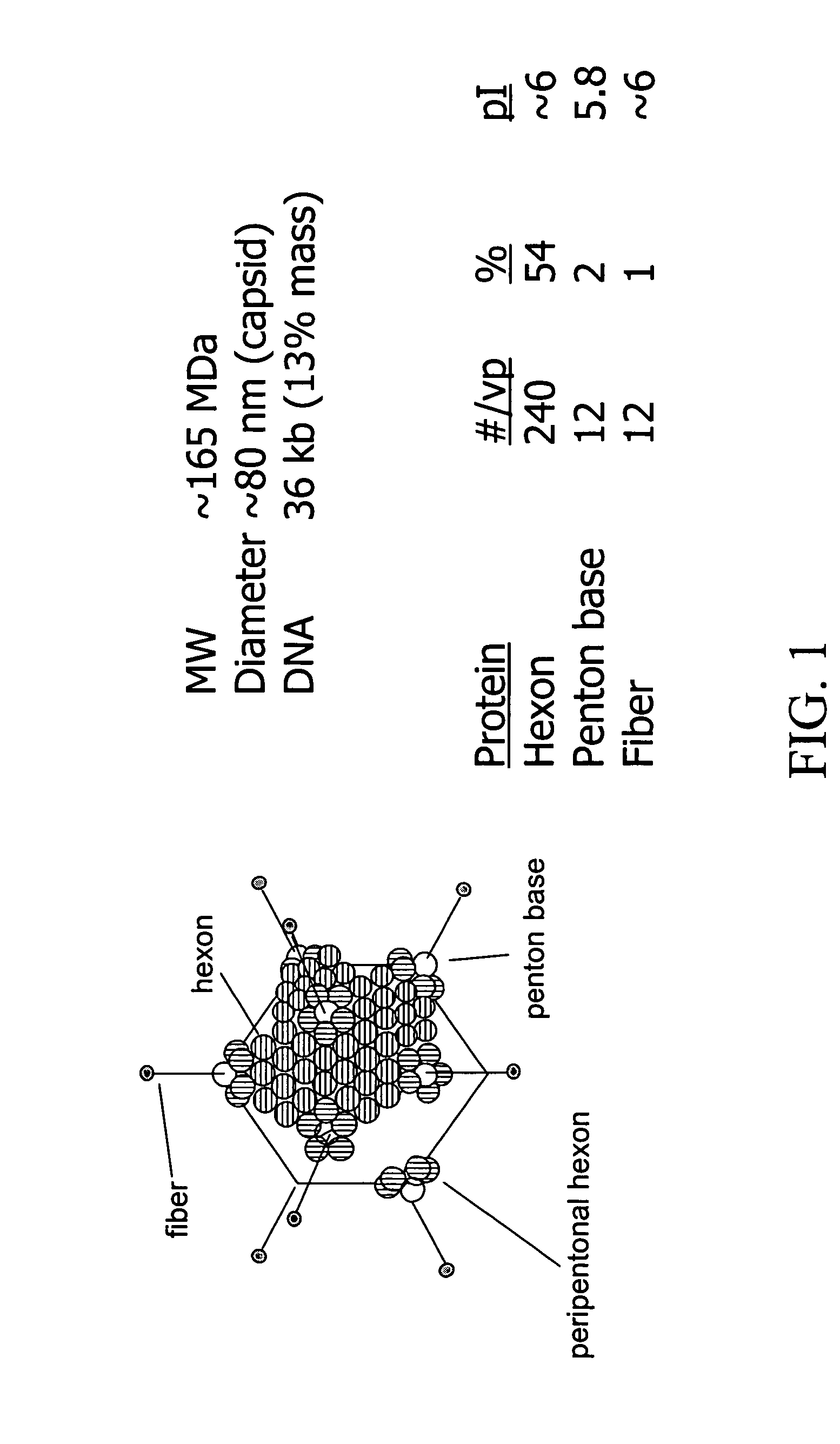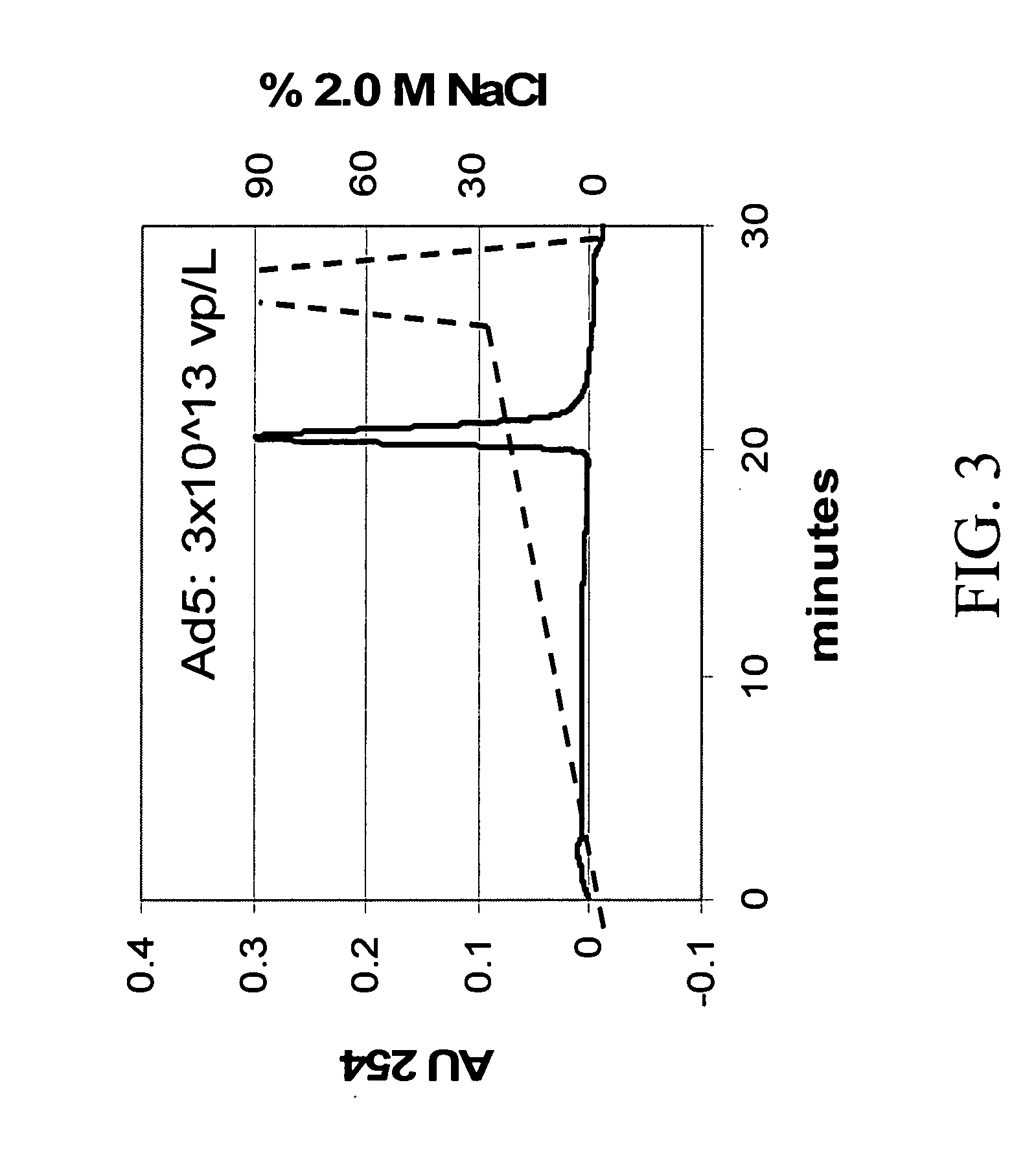Direct measurement of sorption on three-dimensional surfaces such as resins, membranes or other preformed materials using lateral dispersion to estimate rapid sorption kinetics or high binding capacities
a three-dimensional surface and lateral dispersion technology, applied in the field of biotechnology and optical multianalyte biosensor technology, can solve the problems of reducing the magnitude of adsorption rate estimates by ionic strength, and achieve accurate estimation of adsorption rate constants, accurate and direct characterization of interactions between biological materials, and efficient preparation
- Summary
- Abstract
- Description
- Claims
- Application Information
AI Technical Summary
Benefits of technology
Problems solved by technology
Method used
Image
Examples
example i
[0074] Cell Culture and Propagation
[0075] Human Embryonic Kidney cells (P / N 293 HEK; ATCC, Rockville, Md.) at a concentration of 1×106 cells / mL were inoculated in 5 mL of DMEM purchased from Sigma (St. Louis, Mo., US). The medium was supplemented with 0.1 g / l alanine, 0.110 g / l sodium pyruvate, 1 g / l glucose, 0.584 g / l L—glutamine, 37 g / l sodium bicarbonate—all from Sigma (St. Louis, Mo., US)—and 10 ml / l antibiotic from Gibco (Auckland, NZ), pH 7.8. Cells were incubated in T-flasks from Corning (Corning, N.Y., US) at 37° C. and 5% CO2 for 48-96 hours. Flasks with cells at 90% confluence were split 1:5 into additional T-flasks to propagate the cell line. Near-confluent cells were resuspended by striking the flask 6-10 times, subdivided between 4 additional flasks and supplemented with fresh culture media to nurture new cell growth. Alternatively, cells at 90% confluence were also infected with Ad5.
example ii
[0076] Adenovirus Infection and Propagation
[0077] To infect the cells, a 1:100 dilution of Ad5 from ATCC (Rockville, Md., USA) was added to confluent T-flasks without disrupting adherent cells. T-flasks were incubated 1 hr at 37° C. and 5% CO2. After one hour, the cells are supplemented with additional culture media. After 48-72 hours the cytopathic effect was observed and virus was harvested. T-flasks were agitated to resuspend all cells. Suspension was centrifuged 5 min at 3,000×g. Supernatant was removed and combined with 10% glycerol before storage at −70° C. for future infection. Recovered cell pellets were resuspended in equal volumes of Tris buffer, pH 7.8, +1 mM CsCl, both from Sigma (St. Louis, Mo., US). The resuspension was frozen at −70° C. then thawed (repeated three times) to release Ad5. After 3× freeze-thaw, resuspensions were centrifuged to remove cell debris, then treated with Benzonase for 30 minutes to digest nucleic acid. Digested supernatants were ultracentrifu...
example iii
[0078] Adenovirus Chromatography
[0079] Ad5 was be purified and analyzed by HPLC with UV detection using Resource™ Q anion exchange resin from Amersham Biosciences (Piscataway N.J., US). The chromatogram is shown in FIG. 3. A quaternary ammonium anion exchange media, Resource Q, distinguished Ad5 from byproducts with a NaCl gradient (dotted line) from 40 to 600 mM at 1 mL / min, using the fact that hexon, penton and fiber proteins have IEP 6. A static capacity of ˜5×1011 virus per mL, a detection limit >1×108 particles per milliliter, and a linear Ad5 virus particle / HPLC area ratio of 20,085 have been reported for this method. [5]
PUM
| Property | Measurement | Unit |
|---|---|---|
| refractive index | aaaaa | aaaaa |
| mass | aaaaa | aaaaa |
| ionic strengths | aaaaa | aaaaa |
Abstract
Description
Claims
Application Information
 Login to View More
Login to View More - R&D
- Intellectual Property
- Life Sciences
- Materials
- Tech Scout
- Unparalleled Data Quality
- Higher Quality Content
- 60% Fewer Hallucinations
Browse by: Latest US Patents, China's latest patents, Technical Efficacy Thesaurus, Application Domain, Technology Topic, Popular Technical Reports.
© 2025 PatSnap. All rights reserved.Legal|Privacy policy|Modern Slavery Act Transparency Statement|Sitemap|About US| Contact US: help@patsnap.com



